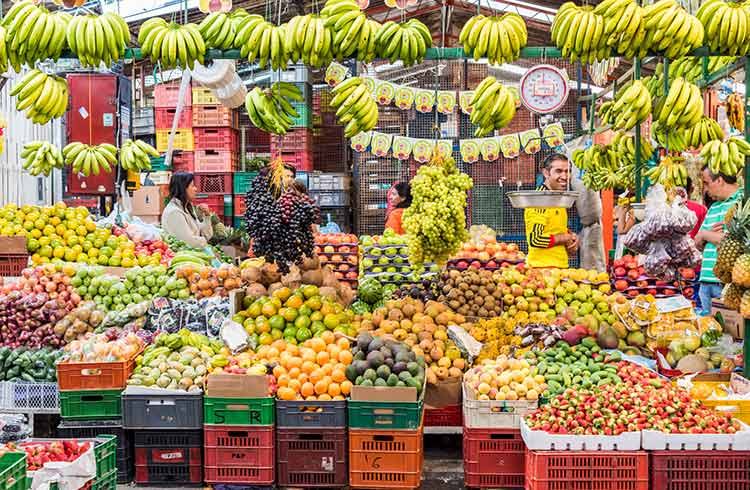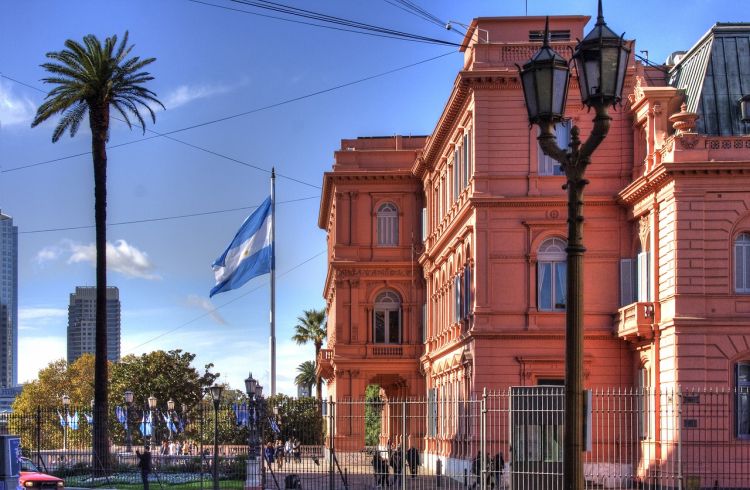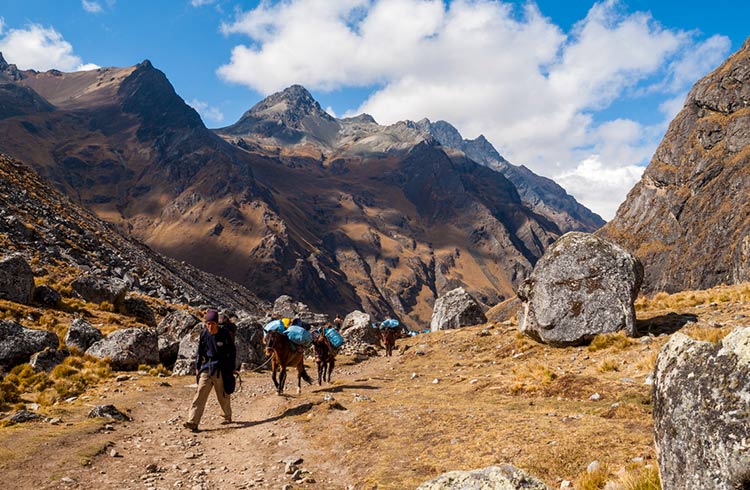How to Stay Healthy While Traveling in South America
Staying safe and healthy is important. It doesn't matter where you are traveling, anyone can become exposed to a variety of bugs, which may leave you with a minor belly ache or potentially even hospitalized.
 Photo © Getty Images/Richard Silver Photo
Photo © Getty Images/Richard Silver Photo
We asked Christy Grimste from Educators Overseas to share her top six tips for staying safe and healthy in South America.
1. Check the water
You should assume that local tap water isn't safe to drink, even in the nicest hotel in town and even if someone tells you it is. So, while brushing your teeth is probably ok as long as you don't swallow (ask local expats though, just to be sure), only drink bottled water or purified tap water. To resolve this bring along iodine tables and portable water filters. Click through to this great article on how to have safe water while traveling.
2. Peel your produce
Raw, unpeeled fruits and vegetables and sold on the side of the road are also suspect. No matter how beautiful that apple looks, you're better off peeling it first!
3. Kick the bacteria
The first few weeks in any new country will likely bring some stomach discomfort as your digestive system adapts to a level of cleanliness you might not have been used to. For this, an excellent natural remedy is yogurt, whose live active yogurt cultures will help kill off the bad bacteria in your system.
4. Practice sun safety
Even on overcast days, the sun can be stronger that you think. Sunblock and sunglasses are the best protection from harmful effects of UV sun rays.
5. Ward off those mozzies
Some locations in South America are notorious for infected mosquitoes. To protect yourself from bites, always wear lightweight long sleeve shirts, long pants and a hat when venturing outdoors. Deet can be purchased in your neighborhood pharmacy and acts as a repellent. Find out more with our article on bite prevention.
6. Altitude sickness is the real deal
Altitude sickness can range from a simple and annoying headache to a life threatening crisis. Altitude sickness is more common at altitudes of 2500m (8200ft) or more and usually involve a rapid ascent. Very fit hikers, car travel and stepping off a plane are great examples of "rapid ascent" which is considered gaining more than 900m (2970ft) in a single day. The best prevention for altitude sickness is a slow ascent and the best treatment is to descend the mountain immediately. Lastly, remember the golden rule of altitude that states "any illness or headache experienced above 2500m should be considered altitude sickness until proven otherwise". More detailed info on altitude sickness here.
Related articles
Simple and flexible travel insurance
You can buy at home or while traveling, and claim online from anywhere in the world. With 150+ adventure activities covered and 24/7 emergency assistance.
Get a quote


No Comments